Bristol City Guide
Bristol, a thriving city located in the southwest of the United Kingdom, is nestled between Somerset and Gloucestershire along the banks of the River Avon. It is England's sixth most populous city and is roughly 120 miles west of London, making it a significant cultural, economic, and educational hub. Bristol boasts a rich maritime history, with roots tracing back to the Saxon era, and its historic city center is a testament to a captivating blend of the past and the present.
Key sight seeing attractions include:
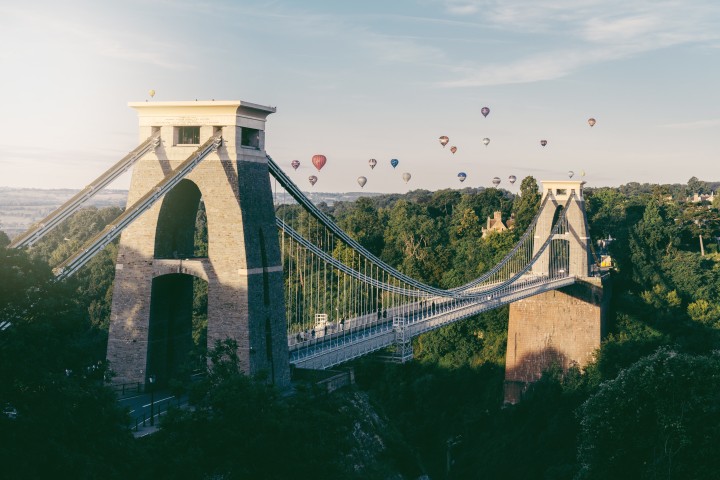
Clifton Suspension Bridge
This world-famous bridge, designed by the legendary engineer Isambard Kingdom Brunel, spans the beautiful Avon Gorge and provides stunning views of the city.
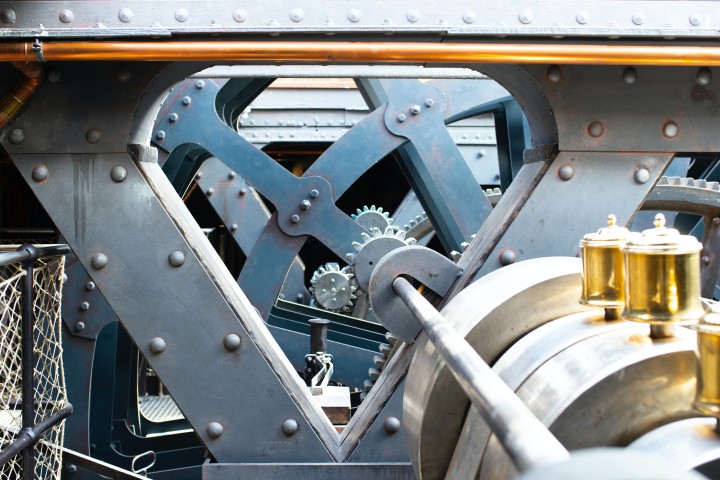
SS Great Britain
Another of Brunel's masterpieces, the SS Great Britain is a museum ship that provides insight into Victorian naval history. It was the largest passenger ship in the world when launched in 1843.

Bristol Museum and Art Gallery
Located in a stunning Edwardian Baroque building, the museum houses a wide variety of collections from natural history to local archaeology and world cultures.

Bristol Cathedral
An example of a 'Hall Church' design, Bristol Cathedral is one of the finest examples of its kind in England. The cathedral, with its unique architecture and stunning stained glass, is located on College Green.

Cabot Tower
Located in the beautiful Brandon Hill park, Cabot Tower offers panoramic views of the city. It was built to commemorate John Cabot's famous voyage from Bristol to North America in 1497.

Banksy Street Art
Bristol is the birthplace of the infamous street artist Banksy, and his provocative works can be found scattered throughout the city. There are various Banksy walking tours available.

St Nicholas Market
Located in the historic heart of the city, this vibrant market offers a wide range of independent retailers, food stalls, and the Bristol Farmers' Market.
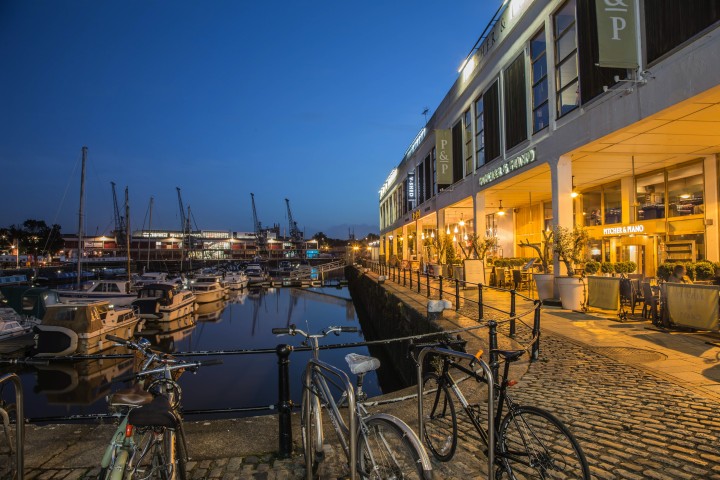
Bristol Harbourside
Once a busy dock where sailors and merchants would trade goods and set sail for voyages of discovery, Bristol's Harbourside has been redeveloped to a modern attraction filled with restaurants, bars, shops and hotels.

M Shed
Located on the harbourside, this museum tells the fascinating story of Bristol's history, including its links to the slave trade, with artifacts, personal stories and multimedia exhibits.
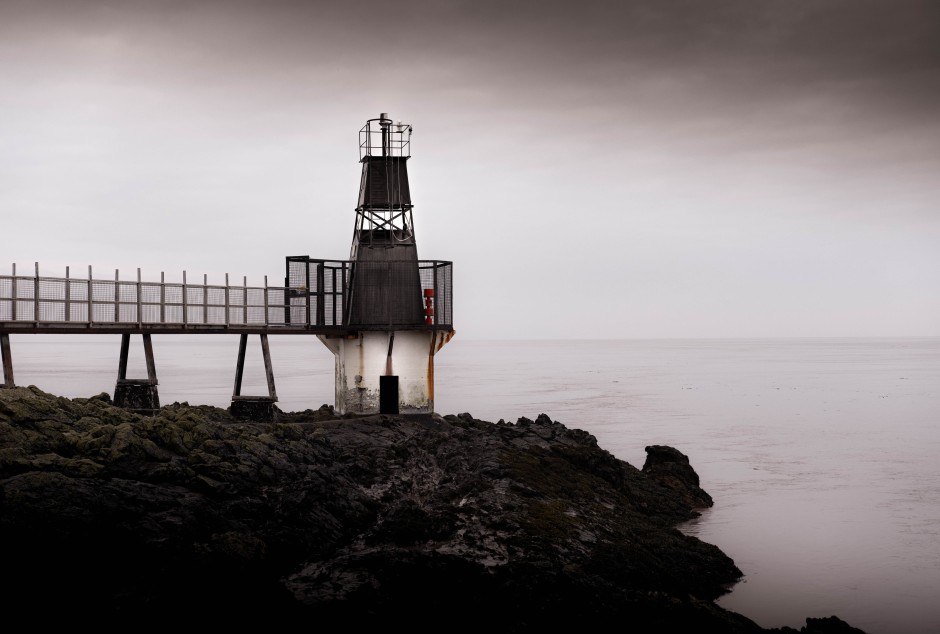
The Arts
Bristol is famous for its vibrant cultural scene. It is the birthplace of the internationally recognized street artist Banksy, whose provocative works are scattered throughout the city. In addition, Bristol is well known for its contributions to music, particularly the trip hop genre, with globally known bands such as Massive Attack and Portishead originating in the area (Portishead is a nearby seaside town, pictured, famous also for being a home to Frasier's Kelsey Grammer since 2023).
The city is also home to the Bristol Old Vic, a theatre company with origins dating back to the 18th century, making it the longest continuously running theatre in the English-speaking world. Bristol's distinctive, richly layered history and vibrant, forward-thinking spirit make it a must-visit destination in the UK.

Science Museum
Bristol's science museum - We The Curious - is currently closed, due to a fire causing extensive damage. The fire occured in April 2022, after a solar panel was damaged by birds and caused an electrical fault. Everyone was evacuated immediately, but it took thousands of litres of water to put out the fire, and from the sounds of their update on their blog, it was water damage which has taken over a year to correct on the Grade 2 listed building.

Bristol Zoo
Bristol Zoo - the 5th oldest zoo in the World, having opened in 1835 - closed it's doors for a final time in September 2022. The zoo had apparently become economically unviable, and the site has been sold to housing developers. However, Bristol, Clifton & West of England Zoological Society Ltd - the organisation behind the zoo - also run The Wild Place Project in South Gloucestershire, a 12 minute drive from the old zoo site in central Clifton.
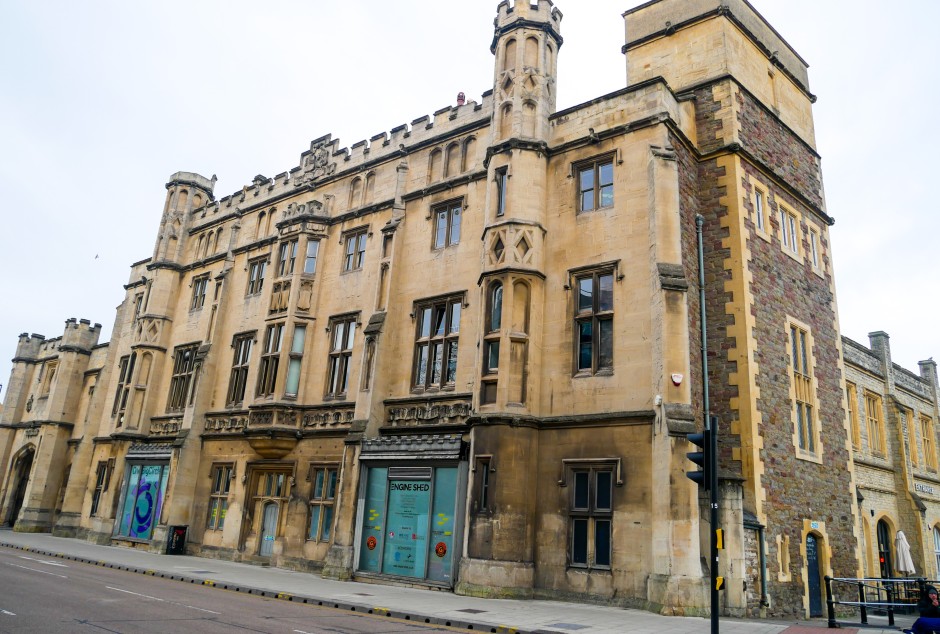
Planes, trains: travelling to Bristol by public transport
Bristol is well-connected and easily accessible by various modes of transport. Bristol Airport, located around 8 miles southwest of the city center, is the major international gateway to the city. It offers both domestic and international flights, serving many destinations across Europe and a few further afield.
The city's primary train station is Bristol Temple Meads, a major rail hub in the West of England. Direct services connect Bristol with other major UK cities including London, Birmingham, Manchester, and Cardiff. The train journey from London Paddington to Bristol Temple Meads takes approximately 1.5 to 2 hours on the fastest services.
Bristol is also served by a second station, Bristol Parkway, which is conveniently located for connections to the North and Midlands. Direct trains from Cardiff to Bristol Parkway take around an hour.

And automobiles: getting to Bristol by car
By road, Bristol can be reached via the M4 and M5 motorways. The M4 offers a direct route from London, while the M5 connects Bristol with Birmingham to the north and Exeter to the south. National Express operates coach services between Bristol and other major UK cities.
If you're coming from London, the fastest and most convenient way to reach Bristol is by train. From Birmingham or the north, you may find it more convenient to drive or take a coach, depending on your exact location and schedule. From Cardiff, train travel is again a highly viable option due to the short travel time and regular services.
Bristol's green credentials
For travelling within Bristol, there's a comprehensive public transport network comprising buses and a ferry service. The city also has an extensive network of cycle lanes (more on that below), making cycling a popular choice for getting around. Bristol has a growing reputation as a green city and it was even awarded European Green Capital in 2015*.
Vital to know: In November 2022 Bristol launched their Clean Air Zone (CAZ), as part of efforts to improve air quality in the city center. The scheme restricts the most polluting vehicles from entering the zone, with charges imposed on those that do not meet the emission standards. In other words, you may need to pay a daily charge to drive your car in the centre of Bristol if your vehicle doesn't meet the emissions standards, or you have another exepmption (such as certain hospital appointments). You can check if your car will be charged here.

Cycling in Bristol
Sustrans is a UK charity that's known for promoting sustainable transport, including walking and cycling. The organisation's headquarters are in Bristol, UK, and it has significantly contributed to making the city more cycle-friendly. Sustrans is perhaps best known for its work on the National Cycle Network, a series of safe and attractive cycling and walking routes spanning the entire UK.
In Bristol, Sustrans has been instrumental in developing local cycling infrastructure. This includes the Bristol and Bath Railway Path, a 13-mile off-road route between Bristol and Bath that was one of the first routes established in the National Cycle Network. Other projects have included local cycle routes and maps, school initiatives to promote cycling among children, and collaboration with local authorities to improve cycling facilities.
Sustrans has also worked extensively on the Bristol Cycling Campaign, which aims to make Bristol the UK's leading city for cycling. Through this initiative, the organisation advocates for better cycling routes and infrastructure, promotes the benefits of cycling, and encourages more people to take up cycling as a mode of transport.
Things to do for sports fans in Bristol
Bristol is home to several professional sports teams and boasts a number of notable stadiums:
-
Football: Bristol has two main football clubs - Bristol City FC and Bristol Rovers FC. Bristol City plays in the Championship, the second tier of English football, and their home ground is Ashton Gate Stadium. Bristol Rovers, meanwhile, play in the English Football League (EFL) and their home matches are held at the Memorial Stadium.
-
Rugby: Rugby is another popular sport in Bristol. Bristol Bears, a team that competes in the top-tier Rugby Union's Premiership, also play their home games at Ashton Gate Stadium.
-
Cricket: The Gloucestershire County Cricket Club is based in Bristol and plays home matches at the Bristol County Ground (also known as the Nevil Road cricket ground). The club competes in the County Championship, the top level of domestic English cricket. The ground also hosts international cricket matches.
-
Basketball: The Bristol Flyers are a professional basketball team in the British Basketball League (BBL) and play their home games at the WISE Campus.
In terms of events, the city hosts several sporting events throughout the year. One notable event is the Bristol Half Marathon. Bristol also has a thriving local sports scene, with numerous amateur leagues and sports clubs.
For motorsports fans, while not directly in Bristol, the Castle Combe Circuit, a notable motorsport venue, is located in Chippenham, just a short drive away from Bristol.
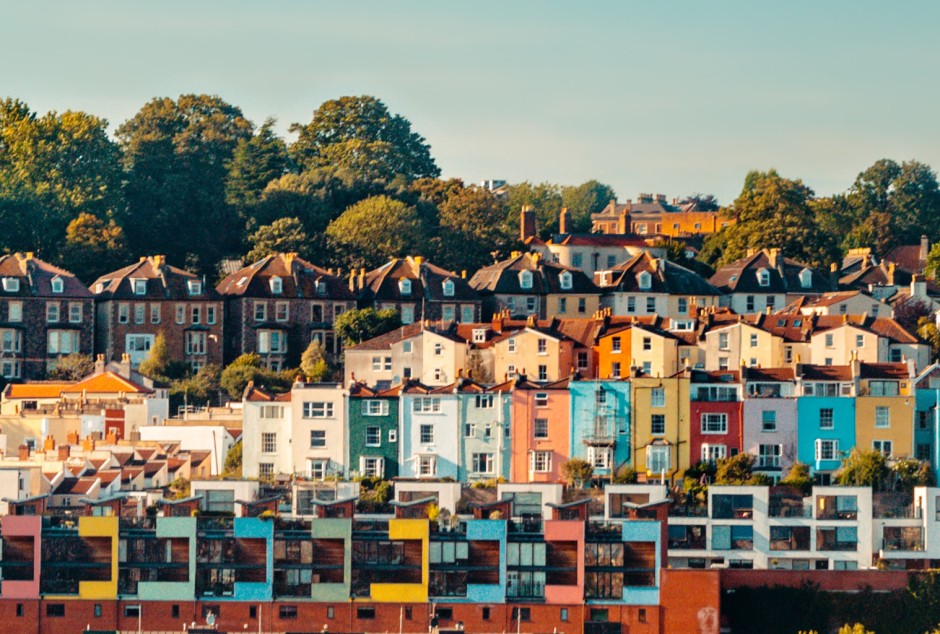
Architecture
One of Bristol's most charming features is its colourful houses. This is a distinctive characteristic of the city's residential architecture, especially noticeable in neighbourhoods like Totterdown, Cliftonwood, and Hotwells. These homes, often painted in bright, cheerful colours, are perched on the city's hilly terrain, creating a vibrant and picturesque cityscape that's become a symbol of Bristol's creative and unconventional spirit.
The tradition of painting houses in various colours doesn't have a single specific origin. Some suggest that the brightly coloured houses may have been influenced by Bristol's maritime history, with sailors painting their homes in unique colours to make them stand out as landmarks when they returned from sea. Others think the trend became popular more recently, during the 1960s and 70s, when Bristol developed a thriving counterculture.
In any case, this custom of painting homes in a spectrum of hues has added a unique touch to Bristol's architectural charm. The rows of coloured houses set against the city's hilly backdrop create a delightful and photogenic view, especially when seen from vantage points like the Clifton Suspension Bridge or Cabot Tower.
For visitors, a leisurely walk around neighbourhoods like Totterdown, Cliftonwood, or Hotwells offers the chance to appreciate this quirky and joyful aspect of Bristol's built environment.
The rest of Bristol's architecture is a blend of various styles reflecting the city's rich and diverse history.
The city's medieval past is visible in buildings such as the Bristol Cathedral and St Mary Redcliffe Church, the latter being one of the tallest buildings in Bristol and considered an architectural masterpiece.
In the 18th century, Bristol experienced a period of prosperity leading to the construction of many Georgian-style buildings. Much of Clifton, an affluent suburb, is built in the Georgian style with symmetrical layouts, sash windows, and often made from Bath stone. The grand terraces around Victoria Square are particularly fine examples.
Next, the industrial revolution brought a wave of Victorian architecture, with the Bristol Byzantine style becoming popular for industrial buildings. This is characterized by rounded arches, polychrome brickwork, and often topped with a dome or tower.
Meanwhile The University of Bristol's Wills Memorial Building is a prominent example of Gothic Revival architecture in the city. Designed by Sir George Oatley and opened in 1925, it is considered one of the last great Gothic buildings to be built in England.
Bristol's role as a significant port city has resulted in a range of historic warehouses and other industrial buildings, particularly around the docks and the Floating Harbour. Many of these have been repurposed into residential, cultural, or commercial spaces. Bristol also has its share of modern and contemporary architecture. The Lloyds Bank building, with its reflective glass exterior, is one example. Millennium Square and the surrounding area also feature contemporary architecture with sustainable design features.
Bristol: facing a difficult history
The city's history spans over a millennium, with traces of its past etched into its stunning landscape.
Founded around the 10th century, Bristol quickly became an important port city, noted for its trading of wool cloth and later, during the height of the British Empire, its role in the Transatlantic Slave Trade.
In the 19th century, Isambard Kingdom Brunel, the iconic engineer, built iconic infrastructures here, like the SS Great Britain and the Clifton Suspension Bridge, both of which still stand as symbols of Bristol's industrial prowess.
Addressing Bristol's historical ties to the Transatlantic Slave Trade has been an ongoing process, and it is recognised as a significant part of the city's history.
One high-profile symbol of Bristol's ties to the slave trade was the statue of Edward Colston, a 17th-century slave trader, which stood in the city center. In June 2020, during a Black Lives Matter protest, the statue was pulled down by demonstrators and thrown into the harbor. This act sparked a widespread debate about how the city should confront its historical ties to the slave trade. Following this, in 2021, the statue was retrieved and temporarily exhibited at the M Shed museum in Bristol, as part of a display exploring the events surrounding its toppling.
Bristol's museums have made efforts to accurately portray the city's role in the slave trade. The M Shed museum hosts an exhibition on Bristol's role in the slave trade, and the Georgian House Museum—once owned by a slave trader—also interprets this period of history.
Additionally, local institutions like the University of Bristol have begun initiatives to research and address the city's links to the slave trade. The university launched a research project to investigate its historical links to slavery and committed to a programme of reparative justice.
Latest news about things to do in Bristol
-

Wicked the musical: a review
18th Mar 2024
I'm now a convert - Wicked is worth the hype!Read article -

Wake The Tiger: what is it and should you visit?
11th Feb 2024
On an industrial estate on the edge of Bristol is one of the UK's first Amazement parks. But what actually is Wake The Tiger?Read article -
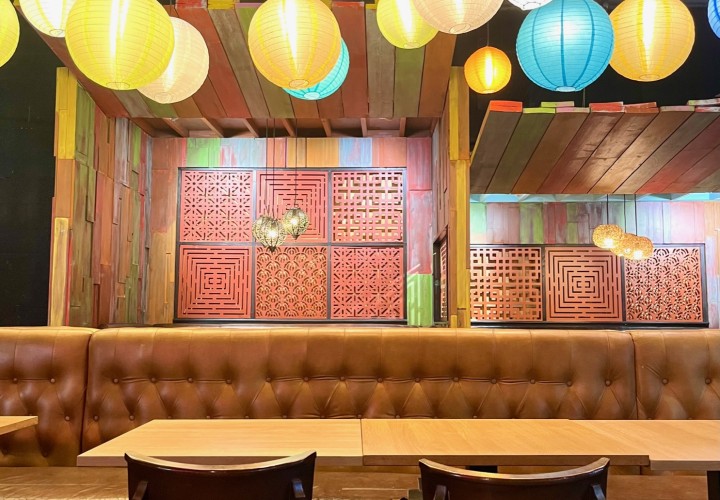
UK's biggest restaurant - Zaza Bazaar, Bristol: Review 2023
5th Sep 2023
I've been meaning to visit Zaza Bazaar in Bristol for years and today I finally went.Read article